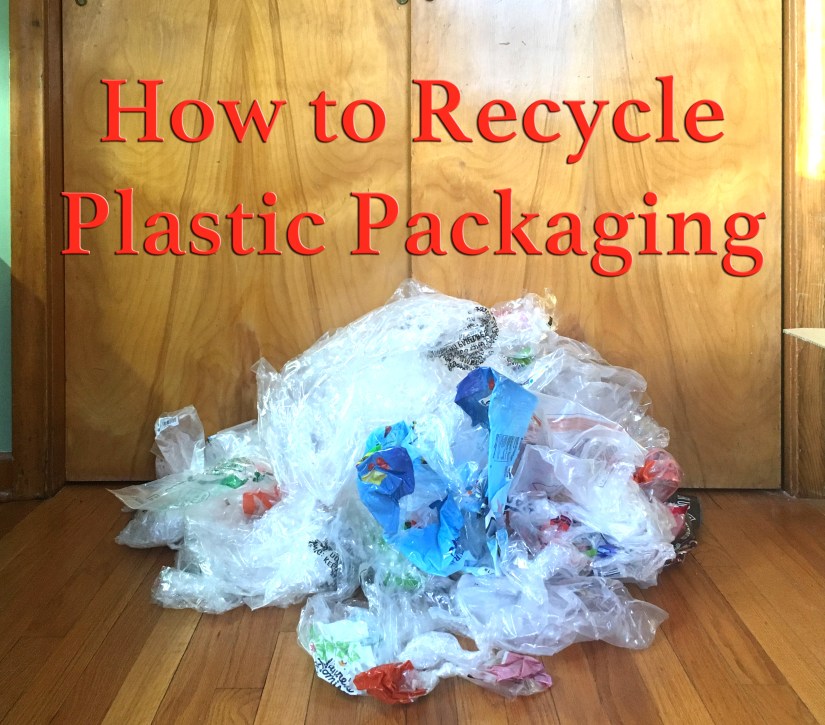I have had wicked bad seasonal allergies since I was very young. My eyes would be so itchy I would give myself black eyes rubbing them in my sleep, I could not be outside without being a big ball of ick, itchy throat to the point of no relief… In high school, I started getting allergy shots over 5 years or so, but still need to take regular allergy meds. That is just how bad my allergies are. Still, no medicine would alleviate my itchy throat! The only thing that would help is a teaspoon of honey a few times a day. When I went vegan, I did not know what to do instead of honey. This year, I noticed a bunch of my friends posting about foraging, especially with dandelions and forsythia flowers. I started to look more into some of these recipes and found blogs saying using forsythia flowers can help with allergy relief! Luckily, I have forsythia bushes in my backyard that already bloomed and were not treated with fertilizer or any other chemicals, so I tried right away! (For more seasonal allergy relief tips, check out this blog post: https://www.earthpothecary.com/blogs/news/allergy-season)
I use the syrup to sweeten teas and other foods. Sometimes I will have a spoonful of the syrup if my throat is itchy.
Why is honey not vegan? Here are some main points, but you can read more here: https://www.vegansociety.com/go-vegan/honey-industry
- It is a product that comes from a living being. Vegans do not eat animal flesh or anything that comes from a living being.
- Many bees can die or be badly injured when humans collect their honey.
- Commercial industries and some local producers artificially inseminate (rape) the queen to breed more worker bees.
- Bees make honey to survive through hibernation. It is not ours to take, they are not our slaves, working to make something for us to steal from them.
Tips for how to harvest:
- Make sure there are no bugs on the flowers you are picking! I found a few bees close by and some ants in the flowers. It would not be vegan if I accidentally got bugs in it!
- Just pick the flower, no twigs.
- Do not press the flowers down into the measuring cup. Just pluck them and put them right in the cup.
- Make sure the flowers you are harvesting have not been treated with any chemicals.
- When you bring the flowers in, do not rinse them! Having the pollen on the flowers helps your allergy relief just like local honey has pollen in it.
- The recipe calls for 2-3 cups of flowers. I like to use 3 cups for a slightly stronger flavor, darker color, and potentially slightly more relief. The relief part is probably mental.
Ingredients:
- 2-3 cups forsythia flowers
- 4 cups water
- 1-2 cup sugar (I prefer 1 cup of brown sugar which very closely resembles the sweetness and taste of maple syrup.)
- something to steep tea in
- small/medium sauce pan
Directions:
- Pick 2-3 cups of flowers.
- Bring 4 cups of water to a boil in a tea kettle or saucepan. (You can add less water if you would like a bit of a stronger flavor and your mixture to be more syrup-y and less watery.)
- While boiling, place the flowers in a tea pot or a heat-safe bowl to steep. I have a tea infuser so I can pour the liquid out without having the flowers come out too. If you do not have one, any heat-safe bowl is fine as long as you can cover it. You can strain the flowers out later.
- Pour the boiling water over the flowers.
- Steep overnight to make it nice and strong.
- Strain the flowers out of the “tea.”
- Pour the “tea” into a saucepan and add sugar.
- Bring to a boil and then simmer on low for about 30 minutes stirring frequently to avoid burning.
- Allow the mixture to cool and pour into a Tupperware container or mason jar.
- Store the syrup in the fridge.
Enjoy! I hope this helps soothe your allergies as well!

FDA Disclaimer: The statements made regarding these products have not been evaluated by the Food and Drug Administration. The efficacy of these products has not been confirmed by FDA-approved research. These products are not intended to diagnose, treat, cure or prevent any disease. All information presented here is not meant as a substitute for or alternative to information from health care practitioners. Please consult your health care professional about potential interactions or other possible complications before using any product. The Federal Food, Drug, and Cosmetic Act require this notice.
